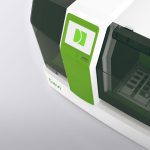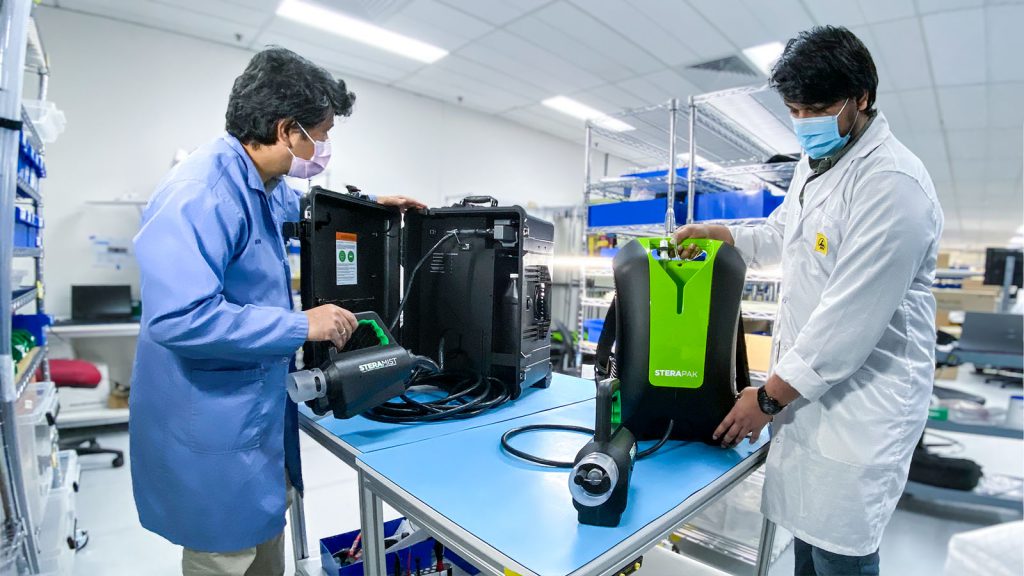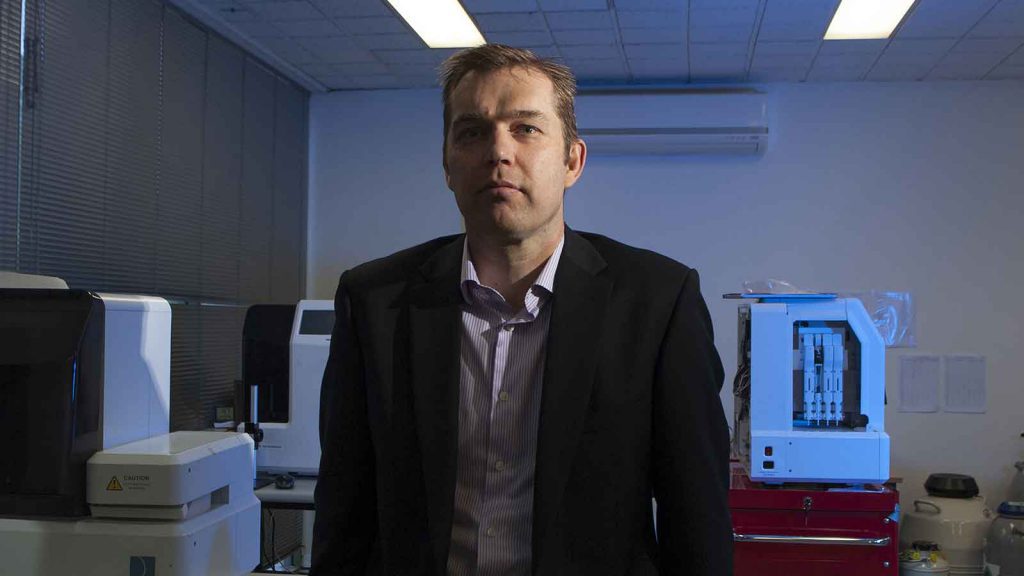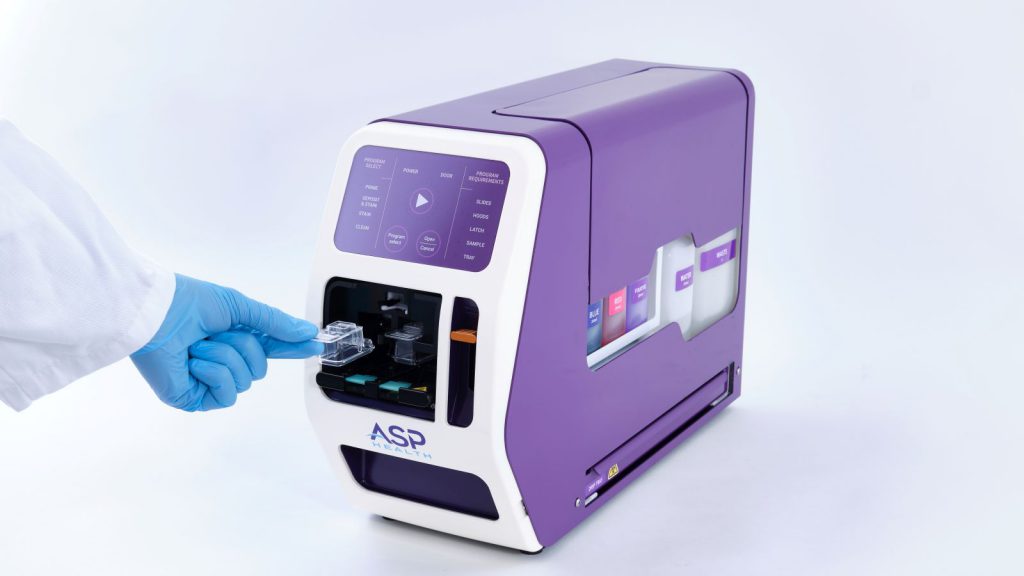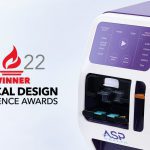
When developing new products, you generally want to get a product to market in the fastest possible time. But how do you do that without cutting corners on key elements like quality, performance and safety?
We’ve all heard of (and quite possibly experienced) product development projects that seem to drag on forever. And often times, these products either never make it to market, or make it to market too late – the product has already been eclipsed by that of a competitor.
At PI, we never want to see that happen to one of our clients. That’s why we do whatever we can to help you to get your product to market as soon as possible. When you’re in market not only are you making money, you gain valuable insight into how customers use and value your product, which can then help shape your future product roadmap.
There may also be business reasons – such as urgent market need, financial pressures or competitor product releases – that mean you want to accelerate your time to market. Instead of a one-year development, you may need your product in market in only six months.
Shaving so much time off the product development process may sound like a tall order, but it’s completely doable. It just involves some trade-offs. In this article, I’ll outline three approaches you can take to dramatically speed up your time to market.
1. Turn a big project into a small project
Projects are always a balance of scope, cost and time to market. So, if you want to get to market faster without blowing out your costs, the first thing you should do is review the scope, or specifications, of the product.
You need to look at the business need and consider whether getting to market earlier justifies simplifying the scope i.e. reducing the complexity and functionality of your first release product. For medical products, this could mean creating a simpler instrument in terms of key specifications like throughput, time to result or the number of workflow steps included. Instead of creating an instrument that automates an entire process from end to end, you might focus your attention on the key value-add step(s) for your customers. For example, creating a diagnostic device that includes all steps from sample to answer is going to be a bigger project than if you just concentrate on sample prep.
Or instead of getting a product to market with all the bells and whistles, you may create an MVS (minimum viable specification) focusing on the features that provides the most value to the customer. Once you have that on the market, you’ll have the opportunity to learn directly from real-world users what they like or don’t like about the product, and what features they would like to see in subsequent versions. This real-world insight is invaluable to product developers.
LevitasBio is a great example of a company that dramatically reduced its time to market by simplifying its product specifications. LevitasBio partnered with PI to develop LeviCell™, the world’s first label-free cell separation platform. The brief was initially for a multi-channel, high-throughput product. But when the COVID-19 pandemic hit in March 2020, the business focus switched to getting the product to market in the shortest time possible. We worked with them to identify the key priorities for development – in this case time to market and usability – and simplify the spec accordingly. A single channel version of the LeviCell was launched less than four months later.
Getting this product into the market so quickly brought multiple benefits to LevitasBio. Firstly, they got some early commercial traction. This not only brought in some revenue, but also demonstrated to investors that there was a real market for their novel product. Secondly, having the product in the market allowed them to gain valuable insight into how customers use the product and what features they value most. LevitasBio found that customers were using the product for even more applications than they originally envisaged. They also found customers wanted more control over the system’s environment through the ability to heat or cool. These learnings are now influencing design decisions for the next generation LeviCell system that is being developed. Because they got the first design in the market quickly, they are now developing a next generation platform with improved specifications and new capabilities defined by initial customer feedback.
2. Reuse rather than reinvent
Another way to deliver reliable products to market fast and efficiently is to use existing components or subsystems in your design, rather than engineering everything from scratch. Using known technology is always going to be a faster and cheaper path to market. This is because you don’t need to spend time designing every single part in your product, and you don’t have to invest in demonstrating the reliability of all subsystems. Also, if you use a component developed by a specialist manufacturer, the quality will also often be better than something you could create yourselves. However, as these parts are often critical to your product’s performance, you need to choose your OEMs (original equipment manufacturers) wisely. Considerations include reliability, financial stability and their flexibility to quickly ramp up or down depending on demand.
Now as I’ve said, everything involves trade-offs, and in this case, the trade-off can be the cost of goods for production. Off-the-shelf components save time and money during the design stage, but can be more expensive for production than something you’ve designed yourself. However, this is not always the case. Using an OEM part that is manufactured in high volume is often lower cost, even with the manufacturer’s margin, than a bespoke component manufactured in low volumes. Either way, our experience is that it is always beneficial to run with the OEM product initially. If you’re manufacturing in low volumes (which is usually the case for complex medical instruments), the benefit of getting to market sooner easily outweighs production cost considerations. If you’re selling products by thousands, or tens of thousands, it is always feasible to do a cost reduction exercise to design out any OEM components that are proving too expensive. Having said that, our experience is that typically with volume comes a volume discount, and this redesign exercise is rarely actually required.
A great example of a product that uses existing technology smartly is IVF company Genea’s Geri® imaging incubator. The incubator uses time-lapse photography to allow scientists and potential parents to watch embryos grow in their critical first few days. This is achieved using low-cost, off-the-shelf cameras and microscopes. Creating a camera or microscope from scratch would have taken many years and require significantly more reliability testing to prove the technology – increasing cost and time to market. Genea and PI knew the innovation lay in putting a camera in each incubator chamber, not in the camera itself, so using the existing technology was a smart business and design decision. Re-using rather than re-inventing allowed Genea to get Geri to market much faster.
3. Perform project activities concurrently rather than sequentially
My third recommendation for anyone looking to accelerate time to market is to look at how you could undertake project activities concurrently, rather than sequentially, or investigate if there is justification to skip a phase.
Overlapping phases can be much faster than performing them one after the other; just look at the development of COVID-19 vaccines. As published in the Journal of Pharmaceutical Innovation, one of the main strategies adopted by COVID-19 candidate vaccine developers was to run phases in parallel. In other words, they initiated a sequential phase before the results from the previous phase were available. This enabled them to get vaccines on the market in under a year – a timeframe previously unheard of in vaccine development.
The same principle can be applied in product development – multiple design activities can be performed in parallel. Once core technology performance is proven, it’s a matter of knowing where remaining program risks should drive serial activities and where you can get away with parallel activities, such as reliability testing, while progressing the next design iteration.
At PI, we can go a step further and actually run our manufacturing transfer process alongside product development. Known as our Seamless Transfer™ process, this can knock between three to nine months off the time to market. PI can do this because our product design and manufacturing teams are integrated, meaning we can plan for production from the start of the product development process. We’ll have manufacturing experts working as part of the team making critical design decisions such as supplier choice (for both OEM and custom parts). They also provide valuable input into how to design the product in such a way that it can be manufactured and assembled cost-effectively. Having this manufacturing lens from early on means that when it comes time to move into production, the team does not need to spend months converting the product into something manufacturable – as is usually the case for products designed without manufacturing input.
For example, PI recently partnered with TOMI Environmental Solutions to create the SteraPak, a new backpack version of their existing SteraMist™ decontamination product. Our manufacturing team was driving this from day 1, helping to ensure that the design was manufacturable and that the supply chain was robust. This involved consulting with suppliers during the design process so there were no unexpected design changes needed when it came time to move the design to production. The combination of design and manufacturing expertise also meant that we could greatly reduce the transfer to manufacturing time, enabling TOMI to get the SteraPak on the market 3 to 4 months faster than would otherwise have been possible.
Summary
When it comes to getting a product to market, I firmly believe that faster is better. Getting into the market early allows you to gain a deep understanding of the market and customer needs – insight you can then use to enhance your existing product, develop a mark 2 product, or perhaps a new product altogether. There are a number of levers you can pull to speed up your time to market – you can simplify the spec, you can use existing technology, and you can overlay development phases and transfer to manufacturing. The key thing is making sure the business need justifies any trade-offs that need to be made. But if your focus is getting your products onto the market and into your customers’ hands as fast as possible, then it’s likely the trade-offs will be worthwhile.
If you want to find out more about how PI can help you get your product to market faster, please get in touch.




